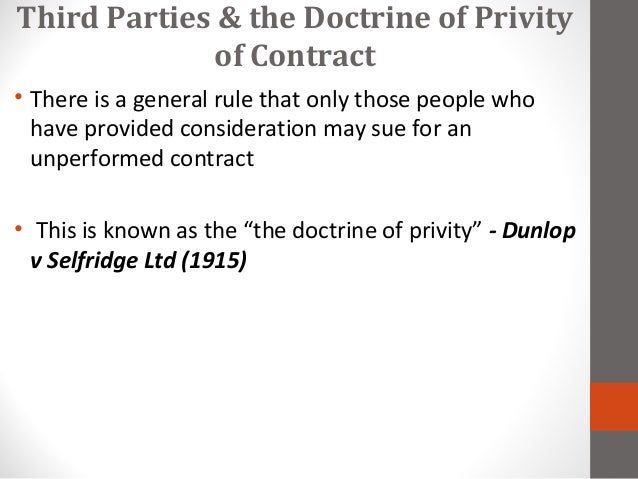Formalistic Criticism - Poetry Analysis - eNotes.com.
The formalist approach of the four main types of literary criticisms, closely follow the idea of close reading and emphasis on the text itself. Formalists invest time on the work of the author to determine the meaning. They focus on structure, imagery, symbols, setting, and themes, completely disregarding all other types of ideologies.
Into the Wild: Formalist Response Jon Krakauers' novel Into the Wild begins by giving the reader a brief description of what seems like a free spirited young man just looking to catch a ride. Chris McCandless or “Alexander Supertramp” is perceived to be an intelligent and thoughtful young man.
A formalist approach the work of Ginsberg would only reveal to us that he deliberately breaks-off from the conventions set by formalism. According to the criterion of formalism, an art work should only be judged according to the set conventions of its form. Poetry under formalism could also be considered as traditional poetry.
Literary Theory Essay Sample: Examples of Formalism Examples of formalist approach. In this poetry book, “Murray makes birds, cows, bats, and other favorites of the animal kingdom talk” (Shmoop Editorial Team, 2008). The structure, language, and literary devices presented in each poem provide a unique way in which Murray can express a different emotion.
Lecture 7 - Russian Formalism Overview. In this lecture, Professor Paul Fry explores the works of major Russian formalists reviewed in an essay by Boris Eikhenbaum. He begins by distinguishing Russian formalism from hermeneutics. Eikhenbaum’s dependency on core ideas of Marxist and Darwinian philosophies of struggle and evolution is explained.
A 'read' is counted each time someone views a publication summary (such as the title, abstract, and list of authors), clicks on a figure, or views or downloads the full-text.
New Criticism, like Formalism, tended to consider texts as autonomous and “closed,” meaning that everything that is needed to understand a work is present within it. The reader does not need outside sources, such as the author’s biography, to fully understand a text; while New Critics did not completely discount the relevance of the author, background, or possible sources of the work.










